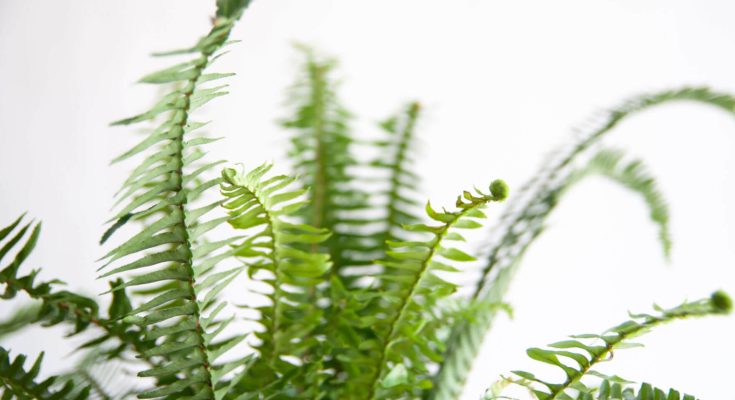You aren’t the only one excited for warmer weather. Have you noticed your plants quickly pushing out new growth now that the days are getting warmer and brighter?
During the winter months, growth generally slows for most houseplants. Spring and summer is when they awaken from their winter dormancy and use the seasons’ extra sunlight and humidity to get growing again!
Do you know how to spot new growth? Often times new growth is confused with a dying leaf or a plant in distress, when actually the opposite is true! Can you spot the new growth in the photos below?
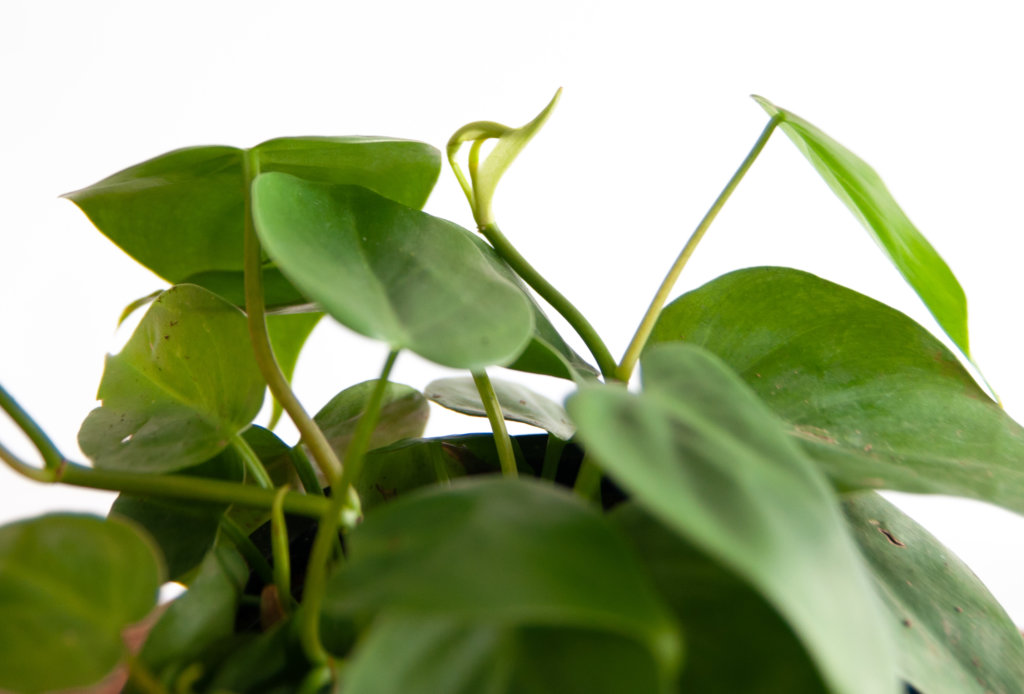
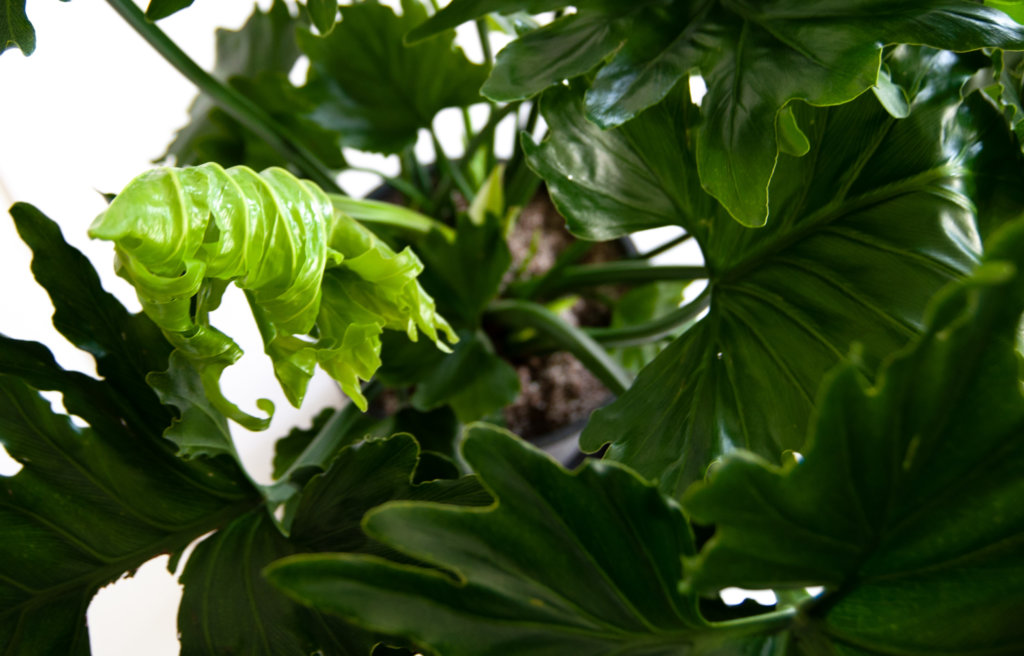
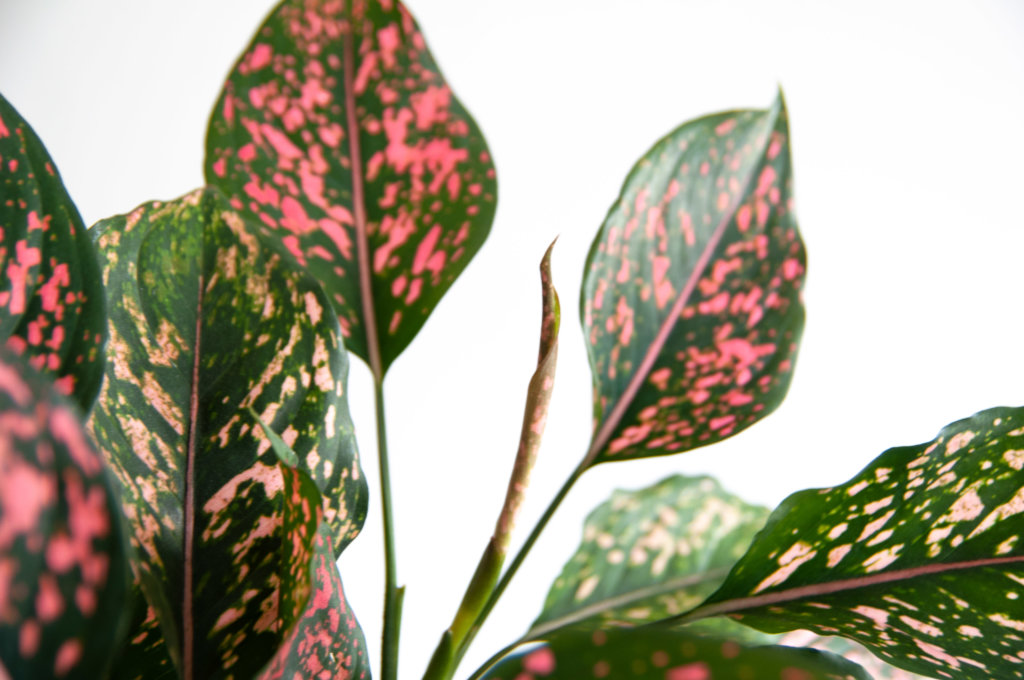
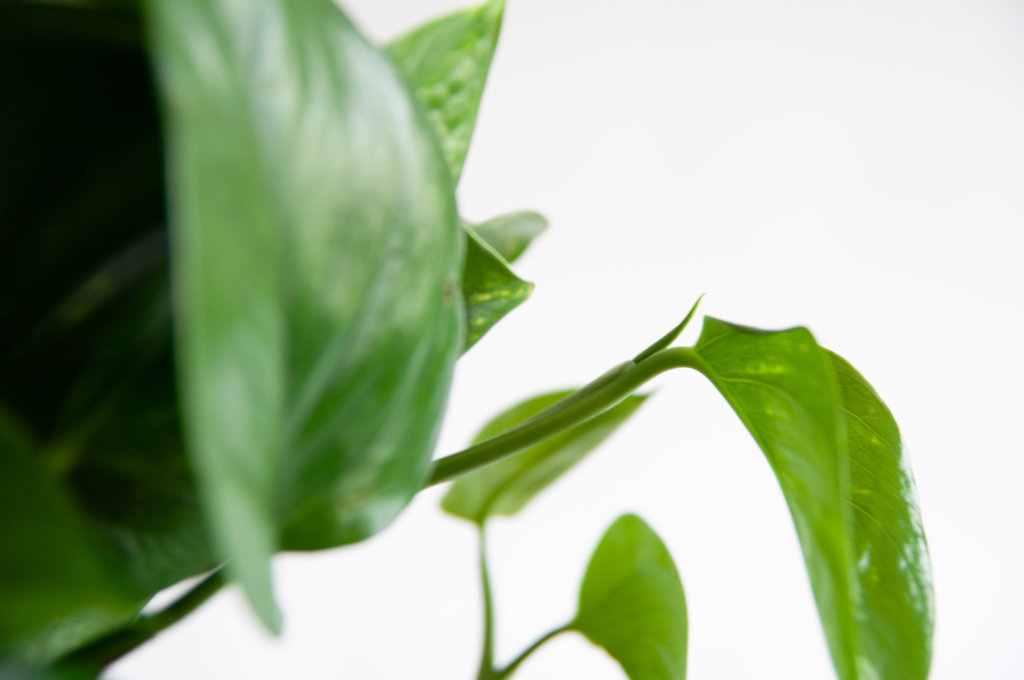
Tips for spotting new growth
New growth looks different depending on the type of plant:
- On branching or vining plants like ficus, philodendrons, or pothos, new growth often emerges at the end of stems.
- For basal-growing plants like Sansevieria or ZZ Plant, new leaves emerge near the soil, either in the center of existing leaves or near the base of the plant.
- On palm or cane-type plants like dracaena, new leaves emerge from the center of the existing leaves. Most palm fronds look like stiff spears before they expand into full fronds.
New growth often takes a few weeks to fully develop, and can take even longer to mature. Newly developed or immature leaves can have some unique features that are completely normal:
- The color is often lighter green than the existing leaves
- New leaves are often shiny or waxy, even on plants with matte of fuzzy foliage
- Developing leaves start small and gain size with time
- New leaves are often more textured and thinner than older leaves
Haven’t noticed any new growth on your plants yet? Don’t fret! Plants grow on their own time, but they might appreciate a little fertilizer. The warmer months are ideal for fertilizing. Not sure how? Follow the Grow-How® Team’s tips on how to fertilize your plants, and they’ll be growing in no time.
